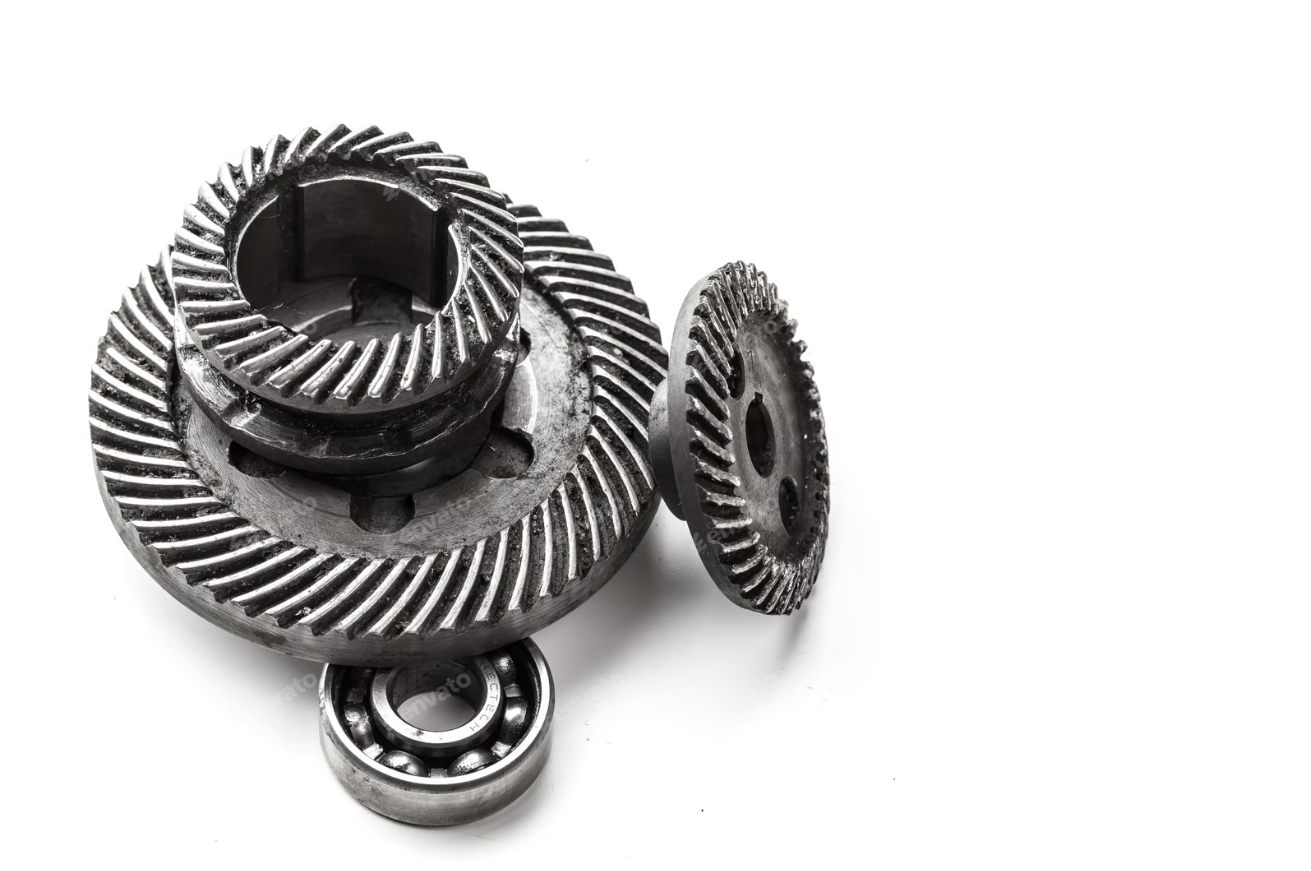
Gears play a crucial role in automotive and aerospace applications, where efficiency, weight, durability, and performance are key considerations. While traditional solid gears have been the standard for decades, advancements in material science and manufacturing techniques have enabled the adoption of hollow gears in specific applications. The debate over hollow versus solid gears revolves around their respective advantages, limitations, and suitability for different operational demands. This article explores the performance trade-offs between these two types of gears and their implications in automotive and aerospace engineering.
Solid gears are constructed from a single, continuous piece of metal, providing inherent strength, rigidity, and resistance to high torque loads. They are commonly used in high-load applications where durability is a primary concern.
Hollow gears, on the other hand, feature a central void that reduces their overall mass while maintaining structural integrity. They can be manufactured using various techniques, including forging, additive manufacturing, and precision machining. Hollow gears offer significant weight reduction and improved rotational inertia, making them desirable in applications where minimising weight is crucial.
In the automotive industry, gears are essential for power transmission in engines, gearboxes, and differentials. The choice between hollow and solid gears depends on factors such as load-bearing capacity, efficiency, and material composition.
One of the most compelling advantages of hollow gears in automotive applications is weight savings. By reducing gear mass, vehicle weight is lowered, which enhances fuel efficiency and reduces emissions. In electric vehicles (EVs), where battery range is a critical factor, lighter components contribute to improved energy efficiency.
Solid gears have a clear advantage in high-torque applications, such as heavy-duty trucks and performance cars. They offer superior strength and fatigue resistance, making them ideal for handling extreme forces in high-performance transmissions and differentials.
Hollow gears tend to exhibit different vibrational behaviours compared to solid gears. The presence of a hollow core alters the gear’s modal frequencies, potentially reducing noise and improving acoustic performance in some applications. However, improper design can also lead to unwanted resonance and fatigue failure, necessitating careful structural analysis.
Hollow gears require advanced manufacturing techniques and precise material distribution to maintain strength while reducing mass. This often leads to higher production costs compared to solid gears, which are simpler to manufacture and machine. Techniques such as multi-axis CNC machining and additive manufacturing play a critical role in making hollow gears viable.
Aerospace engineering places an even greater emphasis on weight reduction, given the direct impact of mass on fuel consumption and aircraft performance.
Hollow gears are widely used in aerospace applications to minimize weight without sacrificing performance. Every kilogram saved in an aircraft results in significant fuel savings and improved payload capacity. Hollow gears contribute to the overall efficiency of aircraft engines, landing gear mechanisms, and flight control systems.
Despite their weight advantages, hollow gears must meet stringent strength and fatigue resistance requirements. Aerospace-grade materials, such as titanium and high-strength alloys, help compensate for potential weaknesses, ensuring that hollow gears can withstand high rotational speeds and dynamic loads.
Aerospace components are subjected to extreme temperature variations and stress conditions. Solid gears have better resistance to thermal expansion and deformation, making them more suitable for applications with high thermal and mechanical stresses. Finite Element Analysis (FEA) simulations are often used to predict how hollow and solid gears respond under thermal and mechanical loads.
Both hollow and solid gears benefit from advancements in material science and precision manufacturing.
High-strength alloys, composite materials, and additive manufacturing techniques enable the production of lightweight yet durable gears. Hollow gears often require specialized materials to compensate for reduced mass while maintaining mechanical strength.
Materials commonly used include:
The rise of 3D printing and hybrid manufacturing has made it easier to produce complex hollow gear designs with optimized weight distribution and internal reinforcement structures. Solid gears, while more straightforward to manufacture, also benefit from advanced machining techniques that improve their surface finish and durability.
Methods such as:
The choice between hollow and solid gears ultimately depends on the specific application requirements.
The ongoing development of new materials and manufacturing processes continues to push the boundaries of what is possible in gear technology. Some emerging trends include:
Hollow and solid gears each have their unique advantages and trade-offs. In automotive applications, hollow gears contribute to weight reduction and fuel efficiency, whereas solid gears offer superior durability for high-torque scenarios. In aerospace, the emphasis on weight savings makes hollow gears highly desirable, provided they meet stringent performance and fatigue resistance standards. As manufacturing technologies continue to evolve, the adoption of hollow gears is expected to grow, offering new opportunities for efficiency improvements in both industries. Engineers and manufacturers must carefully evaluate application-specific demands to select the most appropriate gear type for optimal performance and longevity.